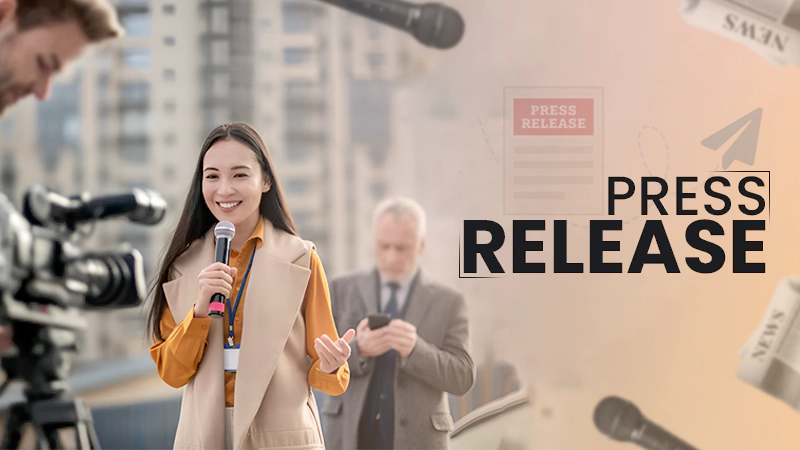Some Interesting Facts About Your Vision
It’s not unusual for presbyopia to occur around the age of 40 or so.
Age-related macular degeneration (presbyopia) is a normal component of aging, and most people begin to feel its effects after the age of 40. To put it another way, presbyopia is the loss of your capacity to focus on close things, such as text on your phone or the words on your newspaper page.
As the vision becomes hazier, it becomes more difficult to focus on close-up details, this is why you need to combat your vision syndrome. A pair of reading glasses can be found on the bedside table, in the car, and beside the computer of those who are 40 years old and older. When it comes to reading and seeing things up close, this is more convenient.
The ability to focus on surrounding items becomes more difficult as one grows older.
With age, your lenses lose their elasticity and flexibility, making it difficult to focus on objects that are close to your face. For most people in their 40s and older, holding a smartphone, a book, or other reading material further away from their eyes in order to view them more clearly is a common occurrence. You are farsighted if you have difficulty seeing or reading close-up objects.
Presbyopia can be alleviated by the use of reading glasses.
Almost everyone in their 40s and up will eventually need reading glasses or some other form of vision correction. Reading glasses, which can be acquired without consulting an optician, are the simplest approach for treating presbyopia. If you’re experiencing the earliest signs of presbyopia, reading glasses are a great solution. You can get a stronger power when your vision weakens with time. If you want the best eyewear for your eyes, follow the link.
Your eyes will not be damaged by using the wrong power.
Many people believe that wearing glasses or using the wrong power or prescription can harm your eyesight. This is not the case, however. It doesn’t matter whether or not your glasses have the necessary power.
If the power isn’t right, the only thing that can happen is that your vision will grow worse and you might have a headache or fatigue, but your vision won’t get worse or your eyes will get damaged.
Contact lenses and reading glasses can both be used at the same time.
The use of both contact lenses and reading glasses at the same time is possible in many cases. In many cases, persons with presbyopia and contact lenses use both at the same time to address numerous visual concerns. Reading glasses aid with close-up vision, while contact lenses enable those with farsightedness to see better.
Conclusion
Text on a phone or words on a newspaper are examples of presbyopia, a loss of ability to focus on close objects. Close-up details become more difficult to discern as vision becomes clouded. Presbyopia can be alleviated by the use of reading glasses. Presbyopia can be treated using reading glasses. When your vision weakens with time, you can get greater power.
Reading glasses help people with nearsightedness, while contact lenses help those with farsightedness. Using both contact lenses and reading glasses simultaneously is possible.
Follow Us
Latest Post















